As any reader of the ViaBuff Blog would know, exfoliation is essential to maintaining squeaky clean, glowing skin. But for those with oily skin, exfoliation can be a slippery slope (no pun intended). Common sense tells us that we should exfoliate as frequently as possible, so that we can deplete the skin of excess oils and remove any debris. However, even the most casual reader of the ViaBuff Blog knows that excessive exfoliation can lead your skin to think that it needs to produce more and more oil (if you missed our post on what over exfoliation can do to your skin, you read it here). So what do you do to exfoliate oily skin?
How Often Should You Exfoliate Oily Skin?
To be blunt – it varies for each person. Is your skin oily, oily and acne-prone, or normal-to-oily? How abrasive is your current exfoliating serum? Do you work in an oily or greasy area, such as a restaurant kitchen, where excess oil can inadvertently collect on your skin?(Mayo Clinic)
While dermatologists have not yet reached a consensus about how frequently each of us should exfoliate, the prevailing attitude seems to be that those with oily-skin should exfoliate two to three times a week (American Academy of Dermatology, Dr. Trevor Cates). Some may need to exfoliate every day, though you should regularly assess your skin’s quality after each exfoliation – does it appear dry, raw, or inflamed? If so, you may need to cut back on the frequency of exfoliation before the skin starts to over compensate and produce more oil. If you plan to use highly-concentrated exfoliation creams or other abrasive measures to exfoliate, consult with your dermatologist to ensure that daily exfoliation would not negatively affect your skin.
What Ingredients Should I Use?
Alpha Hydroxy Acids (AHA’s) – AHA’s don’t exfoliate the skin perse, but they do encourage cell turnover in the epidermal layer of the skin. This in turn encourages healthy skin cell development and shedding of old skin cells in the stratum corneum (The International Dermal Institute). For example, the AHA lactic acid in a 12% concentration was found to improve skin firmness, improve skin’s smoothness and texture, and reduced the appearance of fine lines and wrinkles – results commonly associated with regular exfoliation (Journal of the American Academy of Dermatology)
Salicylic Acid – We at ViaBuff love salicylic acid, because as far as exfoliating ingredients go salicylic acid is hard to beat. Salicylic acid is keratolytic, meaning that it is able to loosen the bonds between hardened skin cells, thus allowing these to be more easily sloughed off (Clinics in Dermatology) Even better, salicylic acid is a hard working yet gentle exfoliator that also possess anti-inflammatory and antimicrobial properties.
Jojoba Oil – Admittedly, putting more oil onto an already oily face seems nonsensical. What makes this fabulous moisturizer so special is that it is able to mimic skin’s natural oils and assist in moisture retention. Therefore, it is able to deceive your skin into thinking that it is already producing enough oil, thus regulating your skin’s natural moisture production (Journal of Dermatological Science, Dr. Joshua Zeichner for How Stuff Works).
Linoleic Acid – There is growing research that topically-applied linoleic acid may treat oil over-production and acne. Acne sufferers tend to tend have lower levels of linoleic acid than those with normal skin, leading some researchers to believe that ceramides (waxy lipid molecules) may become dysfunctional due to the linoleic acid deficiency. This in turn can result in hyperkeratotic follicular epithelium (hardening of the follicular cells), a weakened water barrier, and other conditions conducive to acne proliferation (Journal of Investigative Dermatology). A study from the British Journal of Dermatology also found that over a four week period, topically-applied linoleic acid reduced sebum production by 53%, in addition to treating inflammatory and non-inflammatory lesions. Therefore, it is possible that linoleic maybe be able to regulate and reduce how much oil the skin produces, in addition to preventing clogged pores that may result in acne.
Bottom Line
Exfoliating oily skin can be tricky business – do it too infrequently and you are stuck with a greasy visage, do it too frequently and you will dry your skin out so much that it will begin producing even more oil as compensation. In order to exfoliate oily skin, we suggest using the ViaBuff Level 1 Exfoliating Puff and an exfoliating cream containing either AHA’s, salicyclic acid, linoleic acid or jojoba oil. To make sure that your skin doesn’t have a negative reaction to exfoliation, we suggest first exfoliating two or three times a week, perhaps more frequently if your skin remains oily after a few weeks of exfoliation.

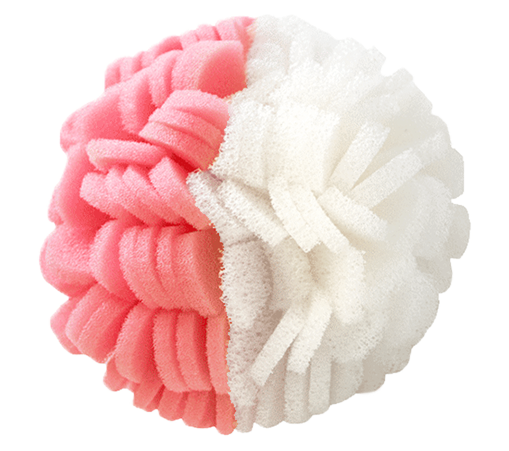
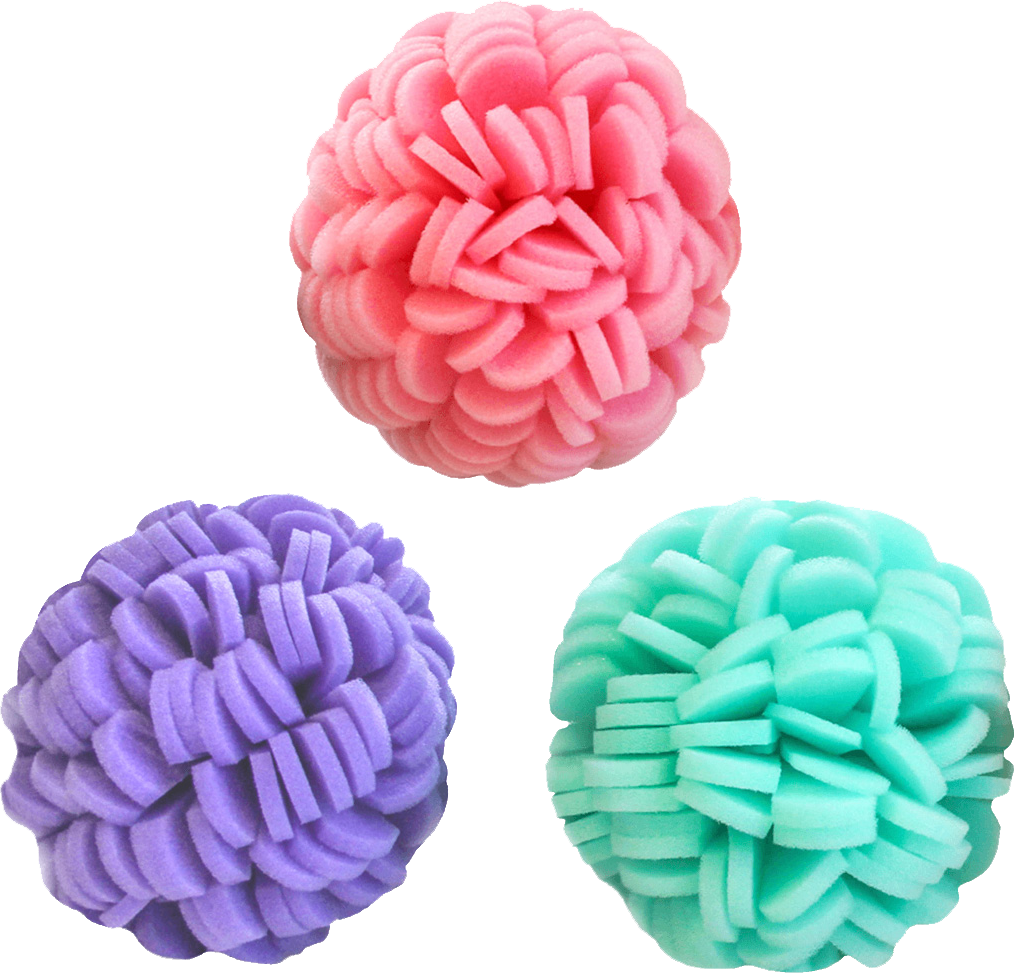
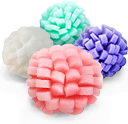
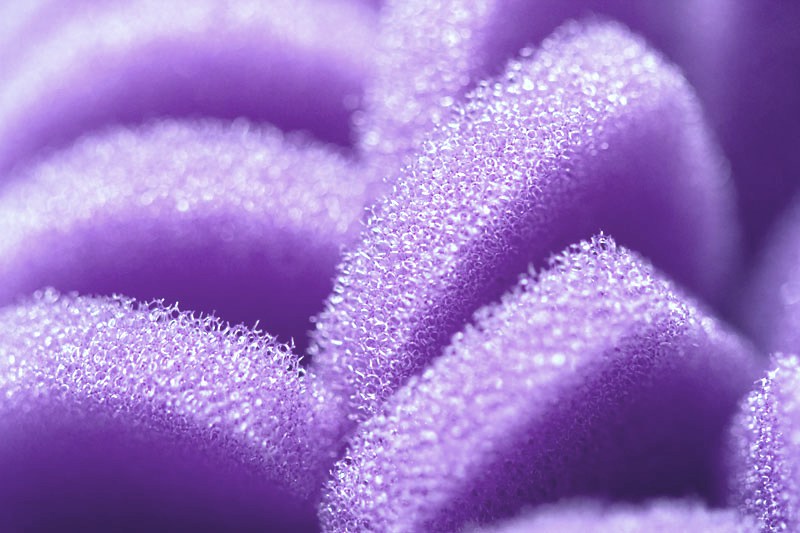
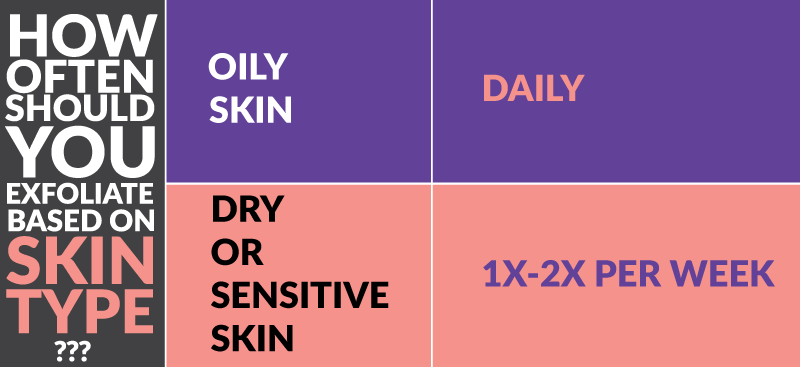
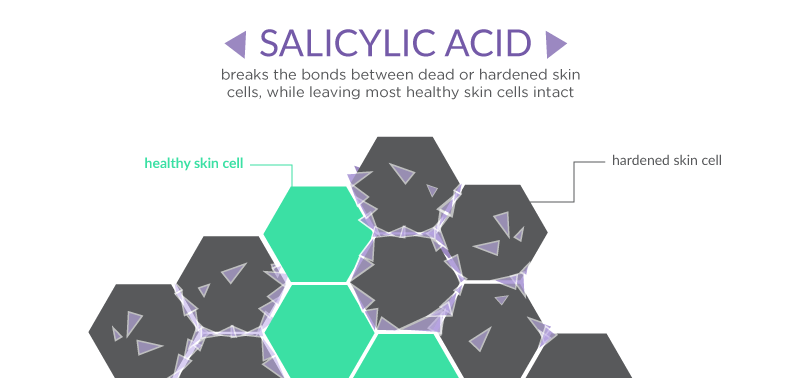
Comments 2
Pingback: Oily Skin Care: The Simple Details on How to Manage It with Ease
Pingback: Radiant Skin Serum Scampi Restaurant | Purathrive